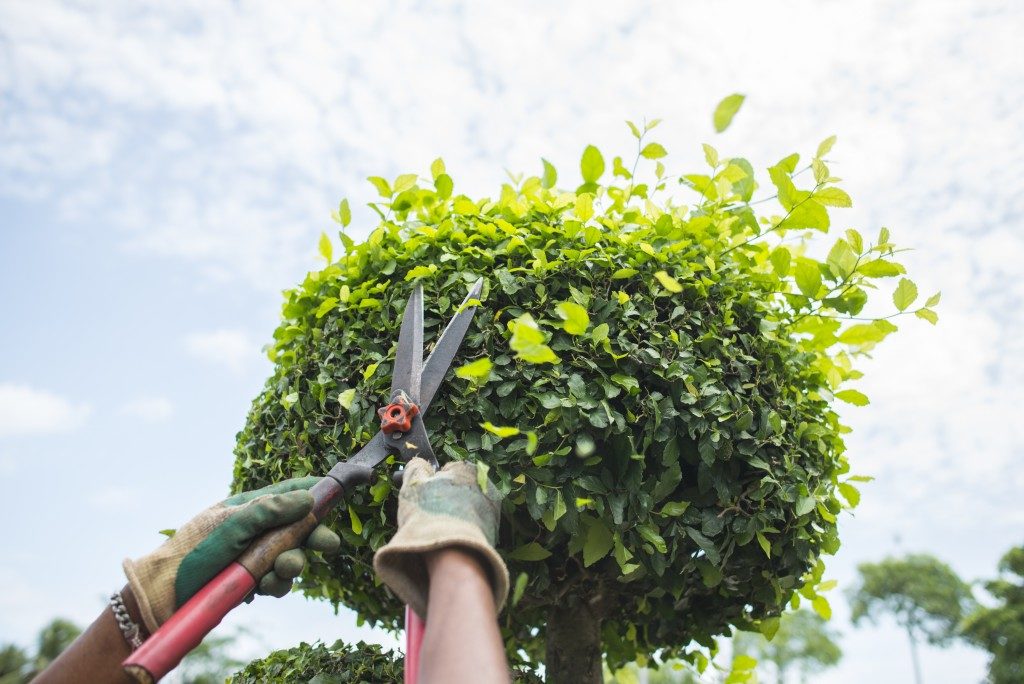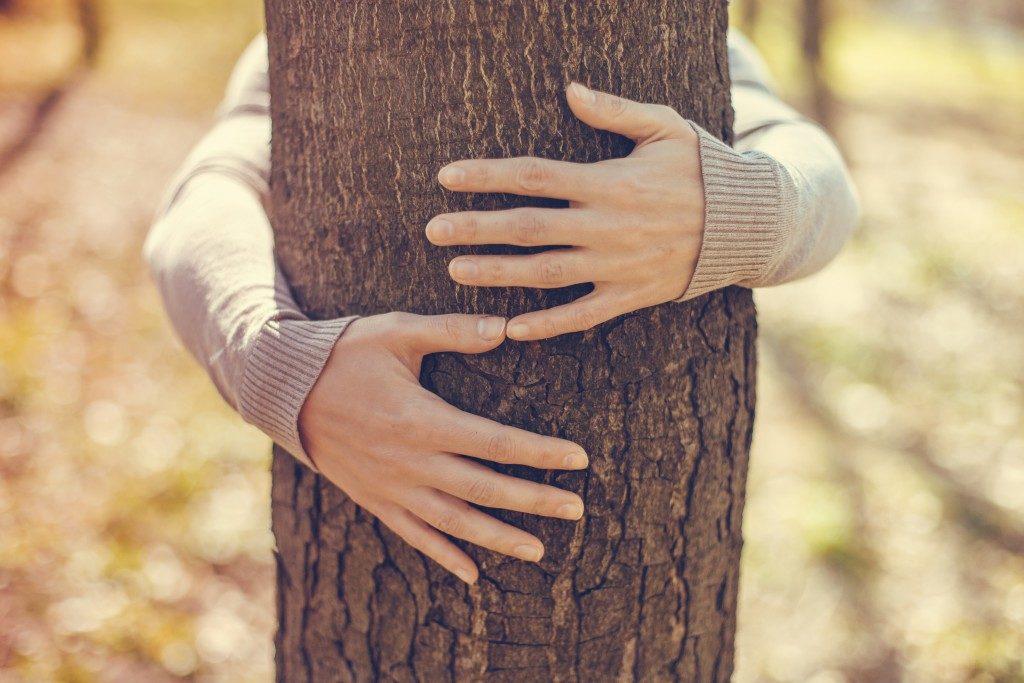A tree in your backyard is a low-cost and essential investment that will give you several benefits. During hot, sunny days, it will provide instant shade and save you from high AC bills. You can even put glimmering fairy lights on its branches and have a romantic date underneath, so you don’t have to pay the restaurant’s guest check.
Just like any other investment, you have to take care of your tree to maintain its beauty and extend its lifespan. You will do maintenance work such as crown thinning, watering, and mulching. If you are thinking about planting your first tree in the backyard of your new home, follow these pointers:
1. Choose the right tree
Oaks, maples, dogwoods, and birch trees are popular options in suburban yards. But there are several factors to consider in choosing the tree that you will plant in your backyard.
-
Width
You must know the width of the tree upon maturity to avoid future dilemmas. The size of the tree should match the size of your available space. While tree seedlings have tags, it is still best to do your research about it.
-
Height
Just like its width, the height of the tree is essential. This is to prevent conflicts between your tree and utilities. When considering the type of tree, always look up and spot overhead power lines. When a tall-growing tree comes in contact with wires, it may lead to service interruptions. You may opt to prune the tree periodically, but it will shorten and its lifespan and destroy its natural appearance.
-
Canopy
Different trees have different canopies. Some of these forms are weeping, spreading, rounded, columnar, vase, pyramidal, and oval canopies. Canopies do not only provide shade; they are also a great addition to your landscape design. When choosing the tree, consider your goal. Are you planting a tree to satisfy your landscaping needs, or you are planting for its shade potential? You also need to consider the neighboring areas. Look around and examine if there are structures that may conflict with your tree’s canopy. You wouldn’t want to plant a tree with a widely spreading canopy that extends to the roof of your next-door neighbor.

2. Know basic tree care
-
Watering
An established tree does not need daily watering, and once or twice a month is enough. In case of drought, your tree would need an inch of water every two to three weeks to keep the moisture in the roots.
-
Mulching
Grasses and weeds compete with your tree for the soil nutrients. Putting mulch around the tree trunk will deter the weeds from germinating and growing. It also improves the soil’s fertility and protects the roots from the extreme temperature of summer and winter.
-
Pruning
Young trees need pruning to correct their direction and shape. You can do this primary type of pruning yourself, but it’s best to hire a professional if the process requires you to climb the branches. Mature trees need to be pruned to have their crown cleared from weak branches and prevent potential safety hazards.
When you plant a tree in your backyard, you are not only saving yourself from environmental hazards and electricity bills; you are saving the whole world.
